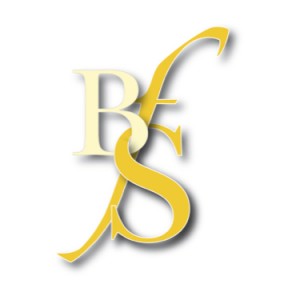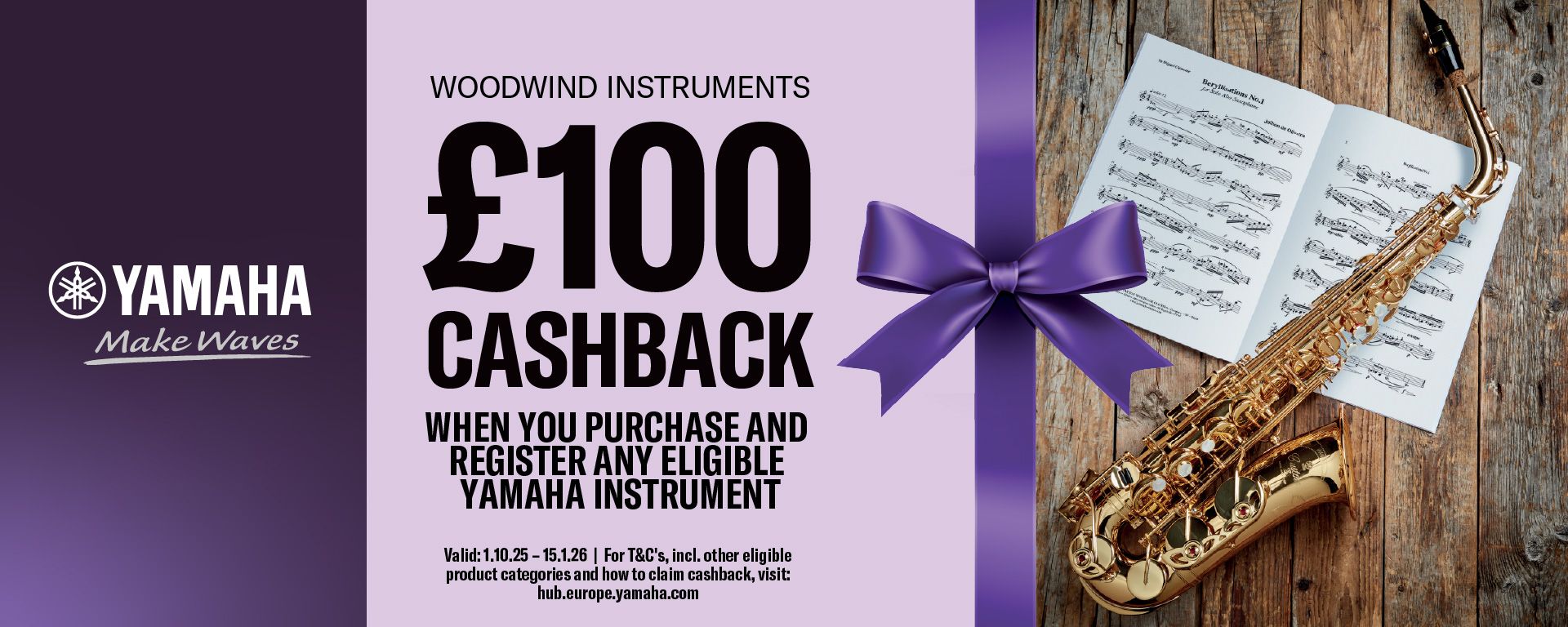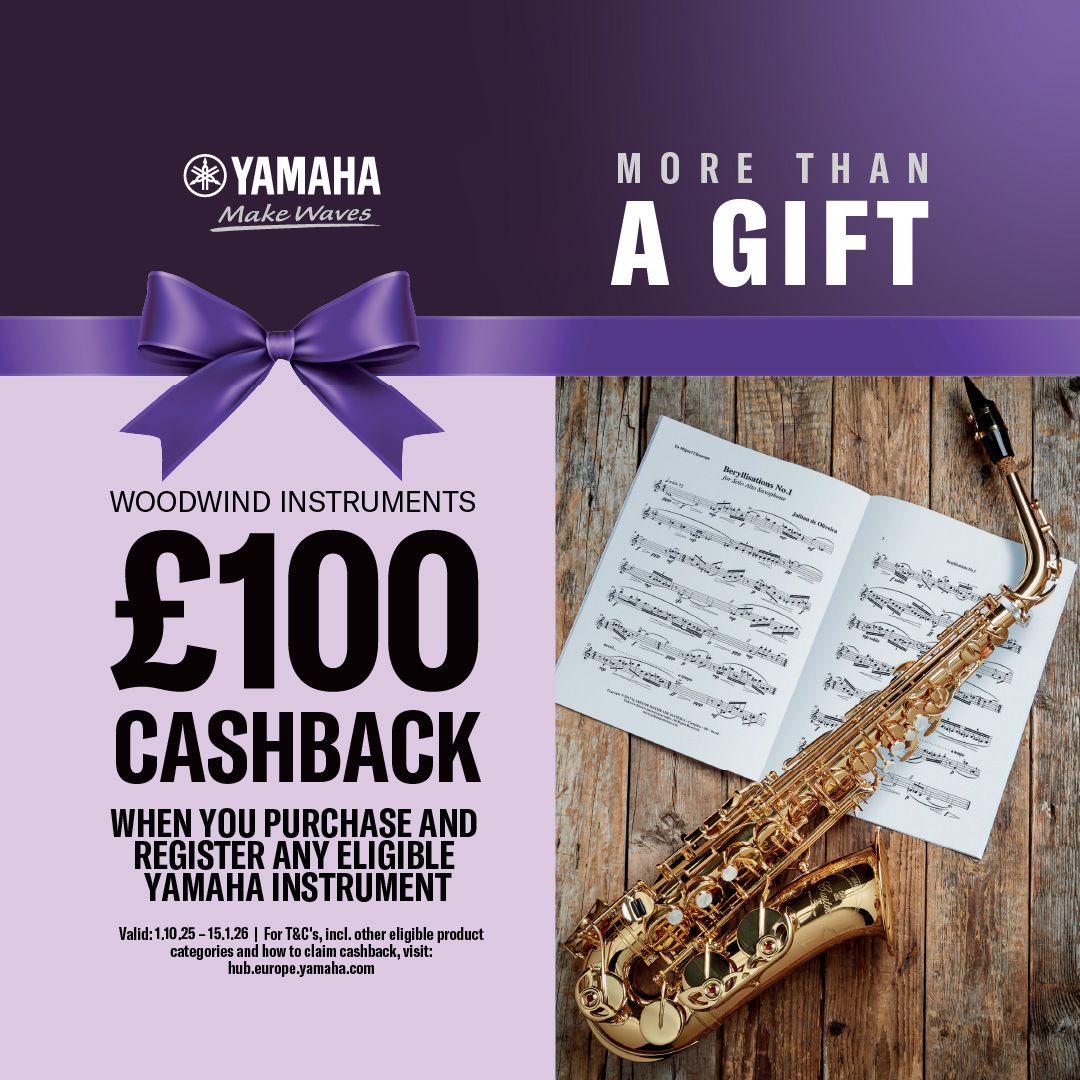Concerto Symphonique for Flute and Piano
- Staff Pick
Staff Pick
“A substantial work-out!”
This is a Concerto Symphonique so it's a substantial work and the rather obscure Belgian composer Hendrik Waelputs certainly shows here that he knew how to write for the flute. The solo part is both a technical and musical challenge as well as one of power and stamina. It's just so expressive, drawing the listener into the sweeping lines and dazzling with cascades of notes. This a lovely work full of Romantic colour which is both great to play and to hear!

Pan - Journal of the British Flute Society
Hendrik Waelput (1845–1885) was a Belgian composer, who wrote his Concerto symphonique in 1866. His early compositional career showed some promise; he was awarded the prestigious Prix de Rome for his cantata Het Woud (The Forest) in 1867 and
showed much promise as a potential leading Belgian composer. His career included posts as conductor of the Ghent Theatre and Ghent Opera, and he was Professor of Harmony at the Antwerp Conservatory. However, a brief spell as Director of the Bruges conservatory came to an end after just two years, and his compositions did not receive the popular acclaim anticipated in his early career. The flute concerto did not receive many performances and was subsequently forgotten. Sometimes referred to as the “Flemish Schubert”, however, there is much of interest within this challenging concerto.
The opening Allegro Moderato is in E major, but by the time the flute enters the rich Romantic harmony has already shifted to Ab major. Chromaticism is a feature of the work, with lyrical melodic lines decorated with chromatic neighbour notes and interspersed by two dramatic cadenzas. The central Andante Cantabile offers a moment of repose but has moments of turbulence and drama soon after the flute enters. After regaining a sense of calm with a rich low register melody, the music breaks way into the energetic Allegro molto, which bursts onto the scene with a strong sense of bravura. The flute part here is technically demanding, with fast moving arpeggios and wide octave leaps (think of something similar to the William Tell solo). Following a brief cadenza, the flute takes over the coquettish melody, with a sense of charm that would not be out of place in an Offenbach operetta. The music is full of character with plenty of space to communicate a sense of style amongst the fast-moving chromatic runs. These elements are repeated, moving through a range of keys, and finally culminating in a dazzling final cadenza.
I feel Waelput’s compositional style in this piece is a little lighter than Schubert, perhaps with a little less melodic depth but with a greater sense of salon-music charm. The structure is at times a little convoluted but is in keeping with the Romantic idiom and maintains a sense of development through the exploration of different key centres. The flute part has plenty to occupy the performer, with some knotty technical challenges and some low register projection requirements, as well as some well-formed musical ideas to convey. The piano reduction, made by Wolfgang Kossack since a previous version made in 1925 was found to be unusable, is practical and well presented.
This is an enjoyable and substantial piece which presents a useful addition to the somewhat limited Romantic concerto repertoire for the flute; it is fun to play and worth exploring.
Carla Rees
Performance duration (approx): 32'
Contents
- Allegro moderato
- Andante cantabile
- Allegro molto
Item Details
Our Stock Code: 1468458Instrumentation
- Part 1: Flute
- Part 2: Piano
Category: Romantic Flute and Piano Music
Publisher: Edition Kossack
Publisher's reference: EK20175
Media Type: Paperback (60 pages [score])
Country of Origin: Germany
HS Code: 49040000

